WordPress SEO for beginners (Guide 2025)
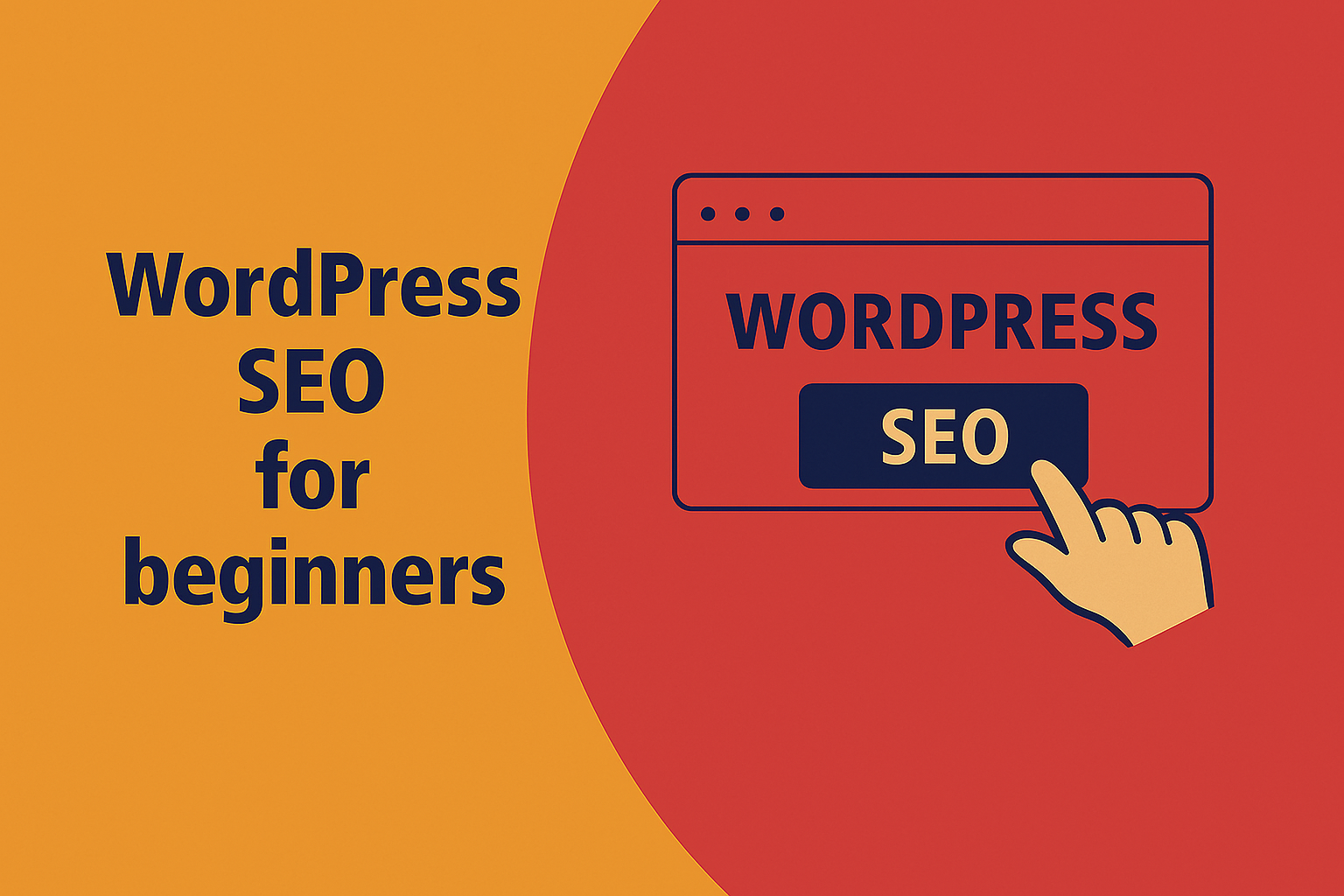
Introduction
What is SEO?
Simply put, SEO (Search Engine Optimization) means optimizing your website for internet search engines such as Google, Bing, and others. SEO is important for the visibility of your website, allowing visitors to find it more quickly and easily. Basically, those who have a well-optimized website will appear in better positions in search engine results for a given keyword — and vice versa. Optimization involves many factors such as the visual appeal of the site, high-quality and valuable texts, proper headings, correct page structure, and much more. It’s fair to say that Google evaluates several hundred factors that influence how highly your site is displayed in search results.Why is SEO important?
As we’ve already mentioned, SEO is essential for helping visitors find your website in the first place. Nowadays, having a visually appealing site and a good headline is no longer enough. SEO is a complex, long-term effort where every step and every character on the website must be carefully crafted. This increases your chances of being favored by Google, which in turn will place your site in better search positions. Many people choose to hire specialized agencies to handle the optimization process for them, ensuring the site aligns with the given topic as effectively as possible—both visually and in terms of text and content. It’s equally important that your website is structured so that visitors clearly understand where they are, what you offer, and what action to take. Whether it’s making a purchase, registering, or reading an article, users need to instantly know what your site is all about.If your site is properly optimized, it will appeal not only to users but also to search engines. This will increase its visibility, leading to more visitors and potential clients. It’s a continuous cycle that keeps running over and over.
The WordPress Basics
Use friendly URL structure
The first thing you need to do is set up friendly URLs. To do this, click on the Settings button in the left-hand menu – then select Permalinks. There, you’ll find the option to choose the format that suits you best. We recommend selecting the “Post name” setting, as shown in the image.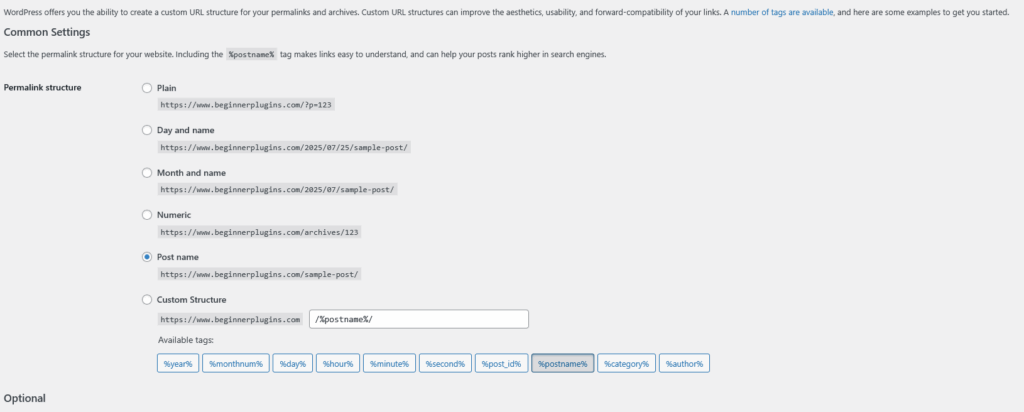 Some examples of SEO-friendly URLs are:
Some examples of SEO-friendly URLs are:
https://www.beginnerplugins.com/how-to-install-wordpress-plugin
https://www.beginnerplugins.com/your-first-wordpress-post/
Notice that these URLs are readable, and a user can guess what they will see on the page just by looking at the URL text.
So, what does a non-SEO friendly URL look like?
https://www.beginnerplugins.com/?p=10467
http://example.com/archives/123
Optimizing Permalink Structure for WordPress SEO
One of the first steps to improving your site’s SEO is setting up clean and user-friendly URLs. In WordPress, this can be done by navigating to Settings → Permalinks in the left-hand menu. Here, you can select the permalink format that best suits your site.
We recommend choosing the “Post name” option, as it creates simple, readable URLs that are favored by both users and search engines.
⚠️ Important Note: If your website has been active for more than six months, it’s generally best not to change the permalink structure—unless you are currently using the “Plain” (numbers-only) option. Changing URL formats on an established site can negatively impact your SEO by breaking existing links and losing page rankings. If you’re using formats like “Day and Name” or “Month and Name”, it’s wise to keep them as they are.
Use WordPress Plains for SEO
All in one SEO plugin/ Yoast SEO plugin/ Easy Seo Plugin
If you decide to use a plugin to improve performance, we recommend three different options that will help you create quality content and set up your site to be rated as highly as possible by search engines. AIOSEO – This is a comprehensive plugin that evaluates both how you write and how your site performs in search engines. The basic version is free, and the premium version starts at $99 USD per year.
AIOSEO – This is a comprehensive plugin that evaluates both how you write and how your site performs in search engines. The basic version is free, and the premium version starts at $99 USD per year.
 Yoast SEO – This is another similar option, offering a comparable range of settings and features to AIOSEO, and it is priced similarly.
Yoast SEO – This is another similar option, offering a comparable range of settings and features to AIOSEO, and it is priced similarly.
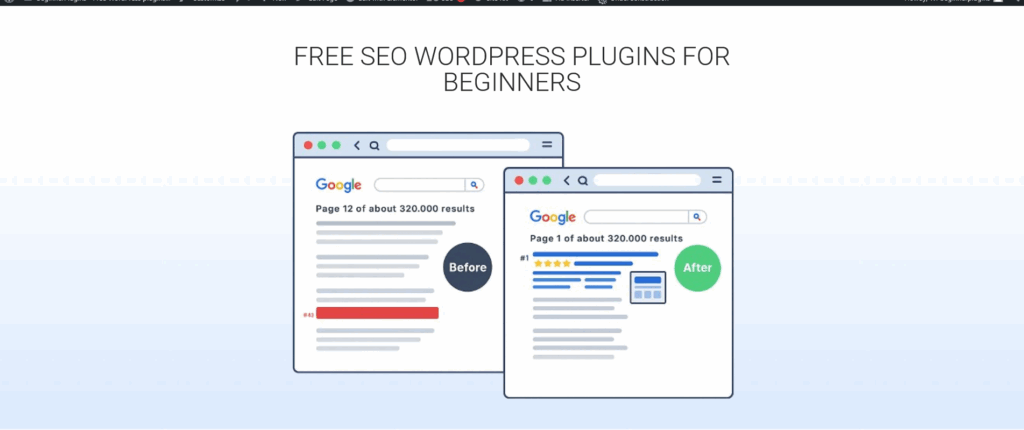 Easy SEO plugin – This plugin is completely free and helps beginners learn how to use techniques for content creation that are suitable for search engine optimization. You can download this plugin here on the site, and it’s easy to use.
All these plugins are simple to use and have intuitive controls.
Easy SEO plugin – This plugin is completely free and helps beginners learn how to use techniques for content creation that are suitable for search engine optimization. You can download this plugin here on the site, and it’s easy to use.
All these plugins are simple to use and have intuitive controls.
Add XML sitemaps for your website
An XML sitemap is a specially formatted file that contains a list of all the pages on your website. It makes it easier for search engines to find all of your content. Adding this sitemap won’t improve your search engine rankings, but it allows search engines to accurately identify all the pages on your site, which helps visitors find them. The sitemap also plays a role in indexing your website for search engines. It’s a good idea to install a sitemap plugin that automatically creates a page structure on your site so that search engines can locate it. Here’s an example:http://example.com/sitemap.xml
Easy SEO Practices
Create Quality Headings H1–H6
The H1 heading is the main title that search engines will remember as the primary description of your website. Therefore, it’s important to give it extra attention. This heading should be approximately 20–70 characters long. If you change this heading frequently, it will be difficult to rank at the top of search results for a given keyword. That’s why we recommend fine-tuning this heading carefully and then leaving it as is. Next, when creating any type of content, it’s important to structure your subheadings properly—from H2 to H6. A well-organized heading hierarchy signals to search engines which words or headings are significant, making it easier for them to navigate and index your pages. Recommendation: When writing content such as articles, it’s beneficial to include keywords from the article’s headline throughout the body of the text.What Content Should Include to Be Search Engine Optimized
Don’t forget to use images in your content that have high-quality ALT descriptions. Also, include internal links that guide users to other pages with relevant content on your website (such as explanatory references, related posts, etc.). Recommendation: Write articles and texts for users—not for search engines.SEO Checklist!!!
Beginner’s SEO Tutorial for WordPress Setup
This guide introduces essential SEO steps for WordPress websites. It’s designed for beginners taking their first steps and does not cover all aspects of SEO—those require years of practice and learning. But this tutorial will set you on the right path.🏷️ 1. Craft Powerful Headings (H1–H6)
🎯 H1 – The Main Heading
- The H1 tag represents your site’s main title and serves as its primary description to search engines.
- Keep it between 20–70 characters to ensure effectiveness.
- Pro tip: Avoid changing it frequently. Frequent changes confuse search engines and make it harder to rank for specific keywords.
- Your H1 should be refined and final before publishing.
🧩 H2–H6 – Structure Your Content
- These subheadings help organize your articles and show search engines the hierarchy of importance.
- Good structure improves readability for users and helps search engines index content accurately.
📝 2. Create SEO-Friendly Content
🖼️ Use Relevant Images with ALT Tags
- Every image should include an ALT description that accurately describes what’s shown.
- This helps with image search visibility and improves accessibility for screen readers.
🔗 Add Internal Links
- Link to other pages on your site that relate to the topic.
- Examples:
- Articles explaining complex terms
- Related blog posts or tutorials
💬 Write for Users, Not for Robots
- Avoid stuffing keywords just to rank.
- Instead, focus on writing natural, helpful content that your visitors will appreciate and share.
- Search engines are smart—they prioritize valuable content over artificially optimized fluff.
Speed and Security
🌐 Website Speed
To achieve good results, your website needs to be fast. Many visitors will leave if the page doesn’t load within 2 seconds. Well-optimized websites typically load in under 1 second. To improve speed:- Use a cache plugin, which cleans memory and speeds up page loading.
- Minimize the number of plugins you use—too many will unnecessarily slow your site down.
- Avoid using inline frames and similar elements.
- Refrain from using animations and other flashy effects. If you absolutely need to use them, do so sparingly—these features can significantly slow down your page load time.
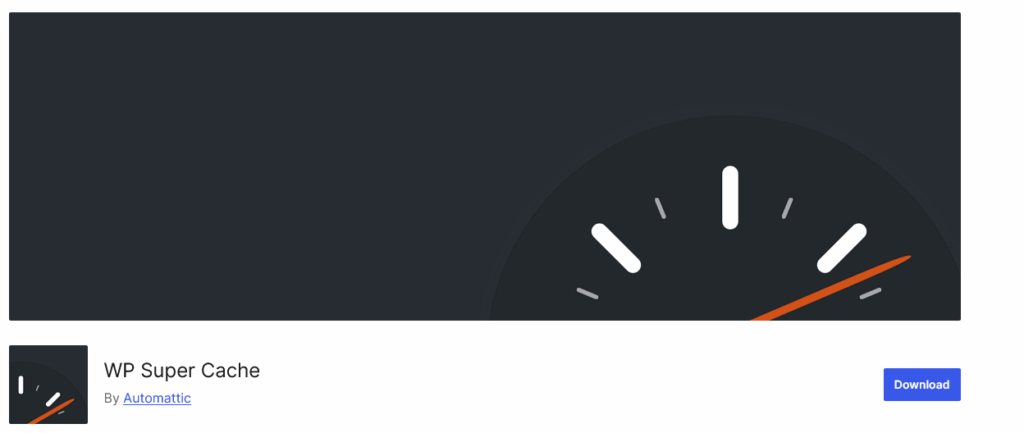 To find out how fast your website is, run a speed test tool to measure performance and identify bottlenecks.
For good results, it is good that your website is fast. Many people will leave if the site does not load within 2 seconds. Usually, websites that are well-optimized for speed load faster than in one second.
Therefore, use for example a cache plugin, which clears your memory and the pages will load faster. Use as few plugins as possible so you don’t unnecessarily slow down the page loading. Do not use inline frames and similar.
We recommend not using various animations and the like. If it becomes necessary to use them, then in the smallest amount possible, because all of that slows down the loading of your website. To find out how fast your site is, use one of the tests that can determine it.
To find out how fast your website is, run a speed test tool to measure performance and identify bottlenecks.
For good results, it is good that your website is fast. Many people will leave if the site does not load within 2 seconds. Usually, websites that are well-optimized for speed load faster than in one second.
Therefore, use for example a cache plugin, which clears your memory and the pages will load faster. Use as few plugins as possible so you don’t unnecessarily slow down the page loading. Do not use inline frames and similar.
We recommend not using various animations and the like. If it becomes necessary to use them, then in the smallest amount possible, because all of that slows down the loading of your website. To find out how fast your site is, use one of the tests that can determine it.
Security for WordPress
 It is good to secure your website against potential attacks — whether from hackers or bots trying to break into your site. Relatively simple protection using a firewall, against brute force and more, is made possible by the Wordfence plugin, which is completely free in its basic version and helps you secure your website.
There are also other good plugins on the market such as Security Shield or Sucuri, which specialize specifically in WordPress. The setup is intuitive and doesn’t take more than 10 minutes of work. We strongly recommend using one of these plugins.
It is good to secure your website against potential attacks — whether from hackers or bots trying to break into your site. Relatively simple protection using a firewall, against brute force and more, is made possible by the Wordfence plugin, which is completely free in its basic version and helps you secure your website.
There are also other good plugins on the market such as Security Shield or Sucuri, which specialize specifically in WordPress. The setup is intuitive and doesn’t take more than 10 minutes of work. We strongly recommend using one of these plugins.
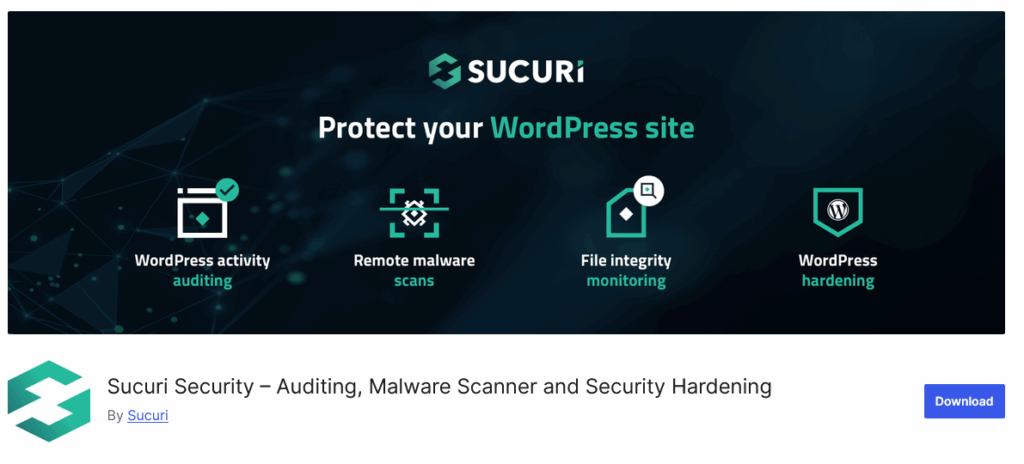
Don’t forget that this brief guide serves as an introduction to the first steps in SEO setup for WordPress. It does not fully cover the broader topic of SEO itself, which involves many skills that can be gained through years of practice and learning. The instructions outlined here are meant to help you get started with SEO in WordPress.

